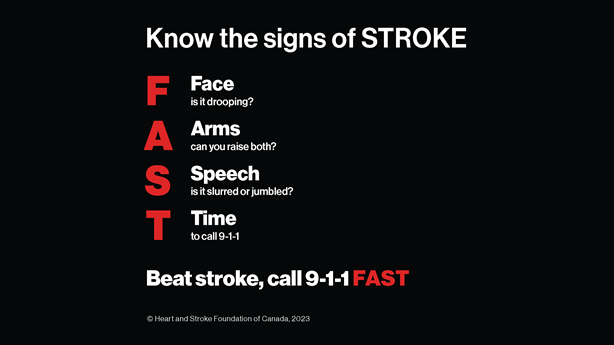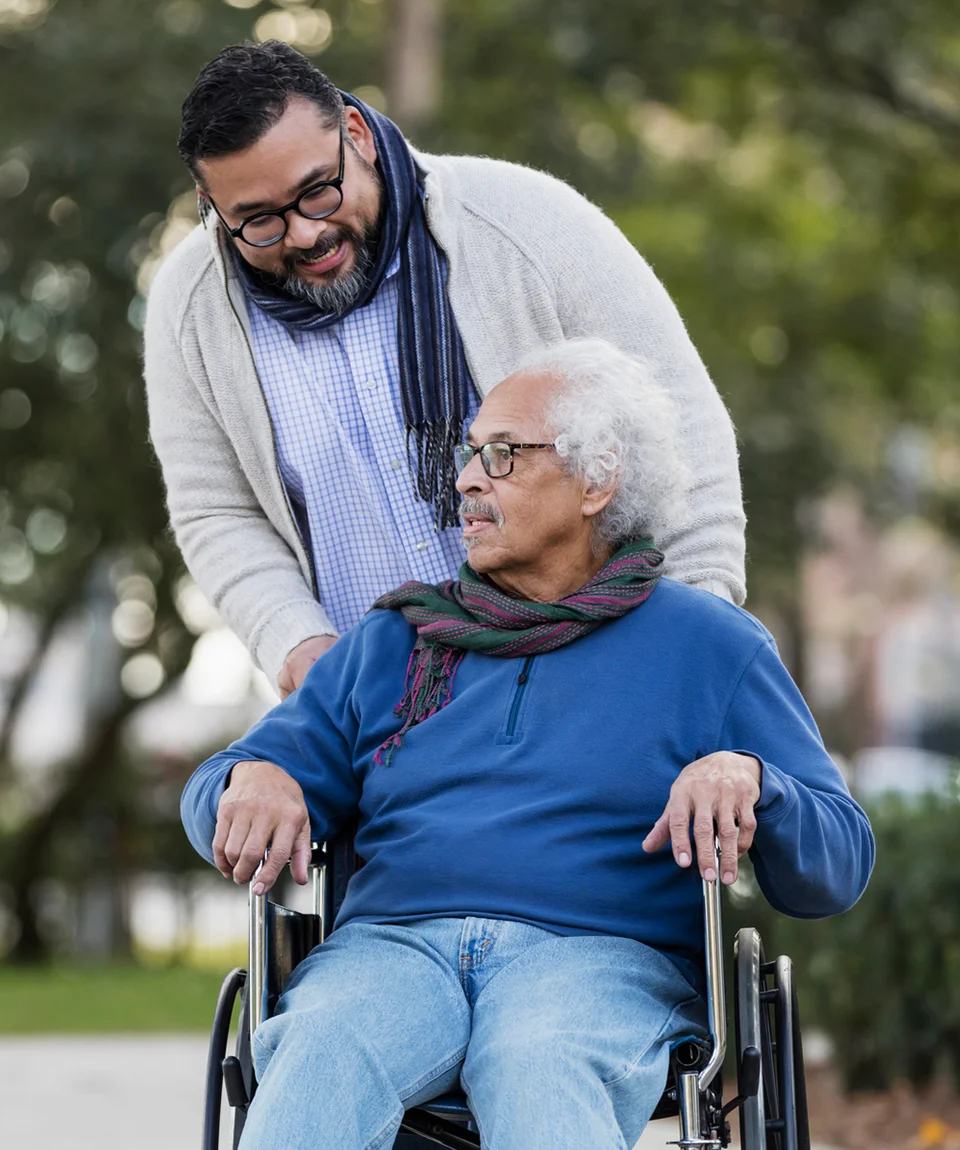Stroke can happen to anyone, at any age. Yet stroke disproportionately affects women – more women die of stroke, women have worse outcomes after stroke, more women are living with the effects of stroke and women face more challenges as they recover.
Women’s bodies are not the same as men’s and stroke affects them differently at different stages of life. The risk of stroke is higher during pregnancy. As women’s bodies adapt to menopause, stroke risk increases again. Elderly women are especially vulnerable: they are the most likely to have a stroke; their strokes are the most severe; their outcomes are the poorest; and stroke can put an end to their independence.
Women’s lives are also different from men’s. They are used to being caregivers – not being taken care of by others – and this is how others tend to see them as well.
Are women’s signs of stroke different from men’s?

The signs of stroke are the same for men and women, but there are some things that women need to know:
- Many women are not aware of what a stroke is, and are unable to recognize the FAST signs of stroke.
- Each person can experience stroke differently. Their symptoms may appear briefly like during a TIA (transient ischemic attack), may include the FAST signs, but may also include more subtle symptoms like vision, balance or numbness.
- All symptoms need to be taken seriously.
Stroke is a medical emergency. If you experience any of these signs, call 9-1-1. Do not drive to the hospital. An ambulance will take you to the closest hospital that provides urgent stroke care.
Are women’s risk factors different than men’s?
Some stroke risk factors are unique to women.
- There are times in a woman’s life when she is at an increased risk of stroke – during pregnancy, menopause and her older years.
- Oral contraception and hormone replacement therapy both increase the risk of stroke.
- Gender-affirming hormone therapy puts trans women at increased risk for stroke, blood clots and heart attacks.
- The risk of developing Afib (atrial fibrillation) increases with age. Afib is a significant risk factor for stroke. Because women live longer than men, there are more women living with Afib. Strokes caused by Afib are often more severe in women and more women than men die from Afib-related stroke or have more deficits and poorer quality of life.
- First Nations, Metis and Inuit women are at greater risk of stroke and more likely to die from it when compared to non-Indigenous women. They are more likely to have high blood pressure and diabetes – both risk factors for stroke.
- South Asian women are more likely to have type 2 diabetes and women of African descent are more likely to have hypertension and obesity – all risk factors for stroke.
Indigenous women and stroke
Access to diagnosis, treatment and support is a major issue for Indigenous women. Remote and isolated communities face challenges reaching timely life-saving acute stroke treatment as well as recovery support. Social determinants of health such as poverty, education, affordable food and water, and unsafe living conditions have created a widening health gap.
Sex and gender: What’s the difference?
Sex and gender are different, and both affect women’s health. Here’s how the Canadian Institutes for Health Research explains the two terms:
- Sex refers to the biology of humans and animals, including physical features, chromosomes, gene expression, hormones and anatomy.
- Gender is the social roles, behaviours, expressions and identities of girls, women, boys, men and gender diverse people.
Related information
The Beat: We can save more women (podcast)
